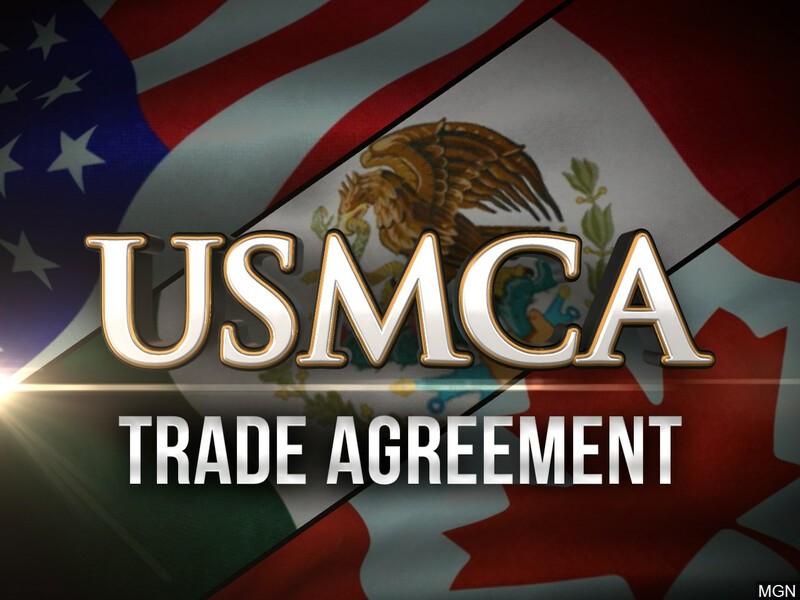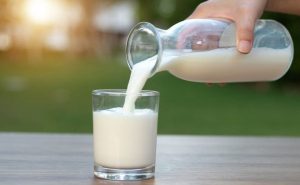July 1 began the United States-Mexico-Canada Agreement (USMCA), but U.S. dairy farmers are not celebrating, according to the National Milk Producers Federation. NMPF says farmers are concerned about possible bad-faith actions from Canada as the agreement gets underway.
At issue is Canada’s announced Tariff-Rate Quota (TRQ) allocations, which NMPF says “undermines the trade deal by thwarting the ability of the U.S. dairy industry to make full use of the trade agreement’s market-access opportunities and violating some of the treaty’s provisions on TRQs.”
“USMCA implementation caps years of hard-fought negotiations to break down trade barriers and institute fairer rules to improve the flow of U.S. dairy products throughout North America,” said NMPF, “and U.S. dairy farmers and cooperatives stand ready to increase deliveries of U.S. dairy products to Canada. The TRQ action undercuts the agreement by effectively limiting agreed-upon U.S. access.”
“U.S. farmers will bear much of the brunt of this bad-faith approach by Canada to implementing USMCA’s dairy provisions.” said Jim Mulhern, NMPF president and CEO. “Canada needs to change its course and abide by its commitments.”
Meanwhile, as I reported last week, U.S. dairy exports in May were the strongest for the month on record, amounting to a combined 498.2 million pounds, driven by demand for milk powders, according to HighGround Dairy (HGD).
Cheese exports totaled 78.5 million pounds, up 28.9 percent from April and 7.5 percent above a year ago, almost a record high, according to HGD. Cheese imports fell in May, down 6.2 percent from April and 22.5 percent below a year ago.
Butter exports, at 3.3 million pounds, were up 29.9 percent from April but 1.1 percent below a year ago. The U.S. imported 12.3 million pounds of butter, up 44.6 percent from April, second largest monthly volume on record according to the Daily Dairy Report, and were 27.7 percent above a year ago.
Nonfat dry milk/skim milk powder exports totaled a whopping 174.5 million pounds, up 12.8 percent from April and 24.5 percent above a year ago and set an all-time record high, according to HGD, which also reported that “Southeast Asia led May’s surge. The Philippines bought almost 30 million pounds, a 195 percent jump from year-ago levels. Vietnam and Indonesia imported 66 percent and 45 percent more NDM, respectively, than in May 2019. Mexico, typically the largest buyer of U.S. NDM, imported 52 million pounds, a decline of 28 percent from last year,” said HGD.
Dry whey exports, at 36.1 million, were down 6.1 percent from April but 24.7 percent above a year ago, with product to China up 158 percent from last year, though they remain below 2015-18 May volumes, according to HGD.
HGD’s Lucas Fuess reported in the July 13 “Dairy Radio Now” broadcast that retail dairy sales remain strong, but he warned that the higher farm milk prices are an incentive to farmers to increase milk output to recover some of the losses of the COVID induced lows a few months ago.
He said that restaurant demand remains as much as 50 percent to 70 percent below that of a year ago, as many restaurants are at reduced capacity so there are “cautionary signs as we look toward the second half of this year and, if milk production ramps up too quickly or the second wave of the COVID pandemic continues to keep restaurants closed, we certainly expect prices will come off current highs.” He said it’s difficult to predict how much prices will fall, but cheese can’t continue at current levels, though he doesn’t believe they’ll fall to levels seen in April.













